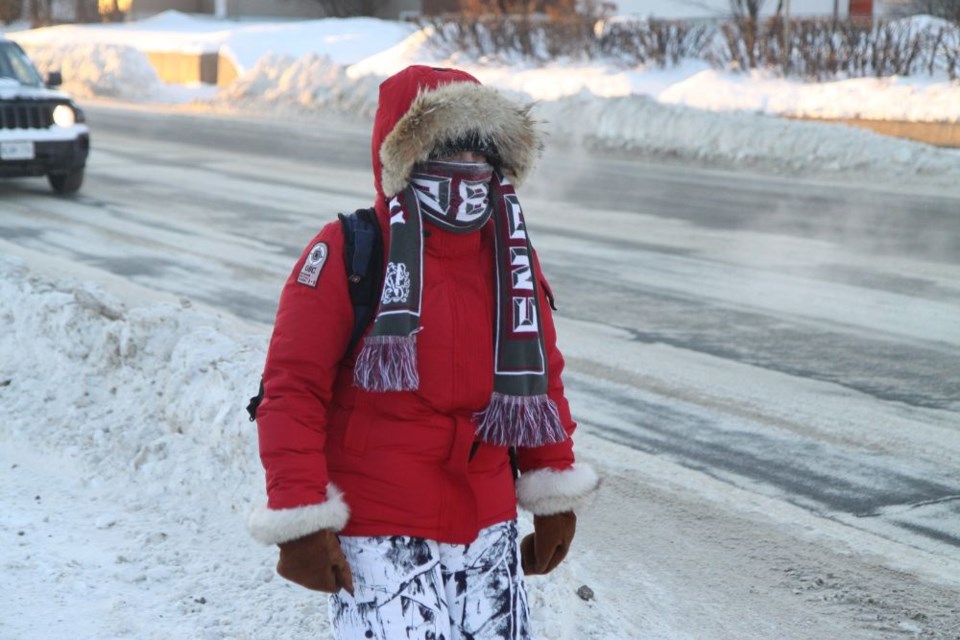THUNDER BAY – Compared to recent years, the start of this winter has been downright balmy.
But after the city experienced the warmest December on record, frigid temperatures are on the way.
Environment Canada is forecasting a cold snap to hit the city starting this weekend, with overnight low temperatures around – 25C starting Saturday night and daytime high temperatures only reaching about – 15C.
Environment Canada meteorologist Geoff Coulson said the cold weather is expected to last for most of next week and might seem more severe than normal, considering the lack of chilly temperatures.
“I think part of it does comes with acclimatization and normally in the Thunder Bay area by early January we would have had a number of days with pretty chilly temperatures,” Coulson said on Thursday. “Right back to the deep freeze for the weekend is going to be a shock for some folks.”
A strong El Nino has been attributed as the cause of the warm winter, which includes this week where daytime high temperatures hovered around the freezing mark.
However, a strong El Nino doesn’t mean it will be warmer than average all winter.
“Over the course of a winter a number of other factors can come into play,” he said. “What we’re seeing is a bit of a change in the jet stream position, diving further south of the Great Lakes area, allowing some of this colder air to come down.”
The expected drop in temperatures is causing local homeless shelters to prepare for extreme cold.
“These kind of harsh temperatures are something we come to expect in the north and in Thunder Bay. It’s something we really plan for all year-round,” Shelter House acting executive director Brad King said.
“The fact we haven’t gotten them so far this year has been a welcome respite but we’re always vigilant and prepared. We have a lot of warm clothing and blankets.”
While an extended period of cold weather doesn’t always increase demand, the shelter providers are certainly aware of the potential consequences if somebody is stuck outside.
The Shelter House’s Street Outreach Services program, which originally began as a cold-weather pilot project, has a priority to coordinate with other service providers such as the Salvation Army to maximize available resources.
“The number of calls doesn’t always increase with the weather but the urgency certainly does,” King said. “We are always beyond our capacity. We’re always beyond 100 per cent but there is the real life and death matter that somebody could potentially freeze to death outside.”
Sign in or register
- Messages
- Post a Listing
- Your Listings
- Your Profile
- Your Subscriptions
- Your Likes
- Your Business
- Support Local News
- Payment History
Registered Users
Already have an account?
New Users
Create a free account.
